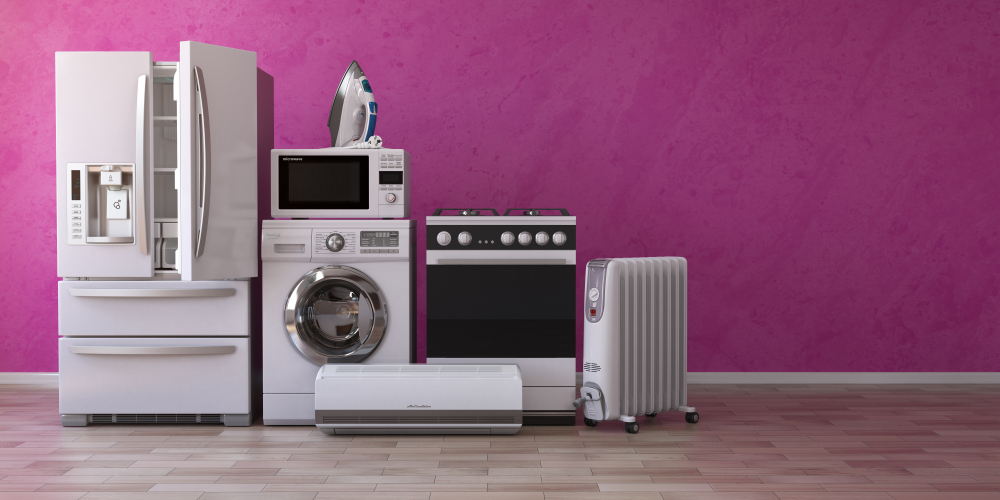Save Money With Energy Efficiency Rebates
Improving the energy efficiency of your home can reduce your carbon footprint, protect the planet, and increase your home’s resale value. But energy efficiency comes at a cost. Some green home improvement projects are inexpensive, whereas others can cost thousands. Fortunately, there are a number of energy efficiency rebates available that will make these projects more affordable.
Energy efficiency rebate programs pay cash to consumers who choose to make certain energy efficient upgrades in their home. Here’s what you need to know to save money on your next home improvement project:
What Are Utility Rebates?
Many utility providers across the country offer energy efficiency rebates to their customers. Utility companies may lose money when their customers go green, but they benefit in other ways.
Utility providers may not be able to keep up with demand in densely populated areas. By encouraging customers to go green, utility providers can make the demand for their services more manageable.
The terms of a utility rebate can vary from company-to-company. For example, an electric company may offer a rebate for replacing an old air conditioner unit with a new, energy-efficient model. These companies may also offer rebates for:
- Adding insulation to your home
- Installing energy-efficient heat pumps
- Applying window insulation film
- Sealing the air ducts
Contact your utility provider to find out whether or not they offer rebates. If you qualify, you may receive a rebate worth hundreds of dollars.
What is a Government Rebate For Energy Efficiency?
Utility companies aren’t the only ones who offer rebates to consumers who make energy-efficient upgrades. Many government entities have established energy-efficient rebate programs as well.
There are no rebates available through the federal government, but state and local governments often offer cash rebates to residents for going green.
Like utility rebates, state and local government rebates can vary. But in general, these government entities may offer rebates for:
- Switching to low flow faucets or toilets
- Installing solar panels
- Replacing landscaping with climate-appropriate plants
- Installing weather-based outdoor irrigation systems
- Upgrading to energy-efficient sprinkler heads
- Adding insulation inside your home
Reach out to your city, county, and state government to learn more about their rebate program. Do this before making energy-efficient upgrades around your home so you know which projects will qualify for a cash rebate.

Is There A Rebate For Energy Star Appliances?
Energy Star appliances are energy efficient, which means they consume less energy than standard models. Buying an Energy Star appliance is a major investment, so it’s important to know whether or not you will qualify for a rebate for this purchase.
Many different companies offer rebates to consumers who have purchased Energy Star appliances. To find rebates near you, visit the rebate locator on the Energy Star website. Type in your zip code to see the rebates that are available in your area.
You can even filter the results to see rebates that are relevant to you. For example, if you are thinking about purchasing a new Energy Star washer, filter the results so you only see rebates related to Energy Star washers. This is a quick and easy way to figure out how much you can save on the cost of a new appliance.
What Energy-Efficient Tax Credits Are Available?
There are other ways to save on energy-efficient upgrades besides utility and government rebates. Certain energy-efficient upgrades may qualify for a tax credit, which is money that is subtracted from the amount of taxes owed.
The federal government offers a Residential Energy Efficient Property Credit to people who install certain types of energy-efficient equipment, including:
- Solar panels
- Solar-powered water heaters
- Wind turbines that generate up to 100 kilowatts of electricity
- Geothermal heat pumps
- Fuel cells powered by a renewable resource
You can claim this tax credit for solar, wind, or geothermal equipment installed in your primary or secondary home. However, the tax credit for fuel cell technology is only available if it is installed in your primary home.
This tax credit is equal to 30% of the cost of the equipment, including installation. There is no cap on this limit for solar, wind, or geothermal equipment, but there is a cap of $1,000 per kilowatt for fuel cell technology. Taking advantage of this tax credit can drastically lower your next tax bill.
This is the only federal tax credit that is available for energy-efficient upgrades, but some states offer their own energy-efficient tax credits that could save you even more money.
Save Money While Protecting the Environment
If you want to improve the energy efficiency of your home, make sure to take advantage of these rebates and tax credits. Thanks to these rebates and tax credits, going green has never been more affordable!


